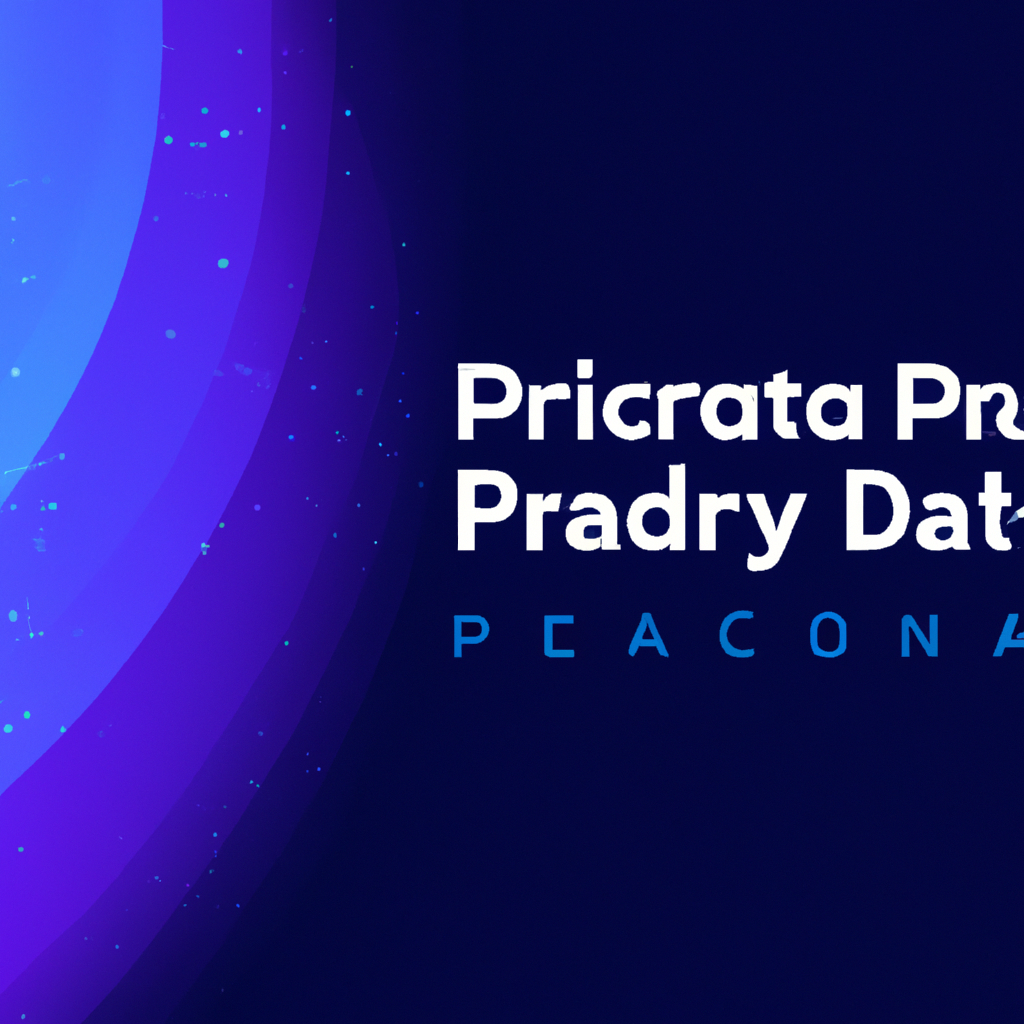The Role of Data Privacy in Big Data Analytics
Table of Contents
The Role of Data Privacy in Big Data Analytics
# Introduction
In recent years, the rise of big data analytics has revolutionized the way organizations across various sectors make decisions and gain insights. Big data analytics refers to the process of extracting valuable information from large and complex datasets. However, with the increasing use of big data comes the need to address concerns surrounding data privacy. As massive amounts of data are collected, stored, and analyzed, the protection of individuals’ privacy becomes a critical issue. This article explores the role of data privacy in the context of big data analytics and discusses the challenges and potential solutions in ensuring the privacy of individuals’ data.
# Understanding Big Data Analytics
Before delving into the role of data privacy, it is essential to have a clear understanding of big data analytics. Big data analytics involves the application of advanced analytical techniques to large and diverse datasets to uncover patterns, correlations, and trends. The primary goal is to extract meaningful insights that can drive decision-making processes and improve operational efficiency. With the advent of technologies such as Internet of Things (IoT), social media, and online transactions, vast amounts of data are generated every second, providing organizations with an unprecedented opportunity to gain valuable insights.
# The Significance of Data Privacy
Data privacy refers to the protection of individuals’ personal and sensitive information from unauthorized access, use, or disclosure. In the context of big data analytics, it becomes crucial to strike a balance between the benefits of data analysis and the privacy concerns of individuals. While big data analytics can yield significant societal benefits, such as improved healthcare, personalized recommendations, and enhanced security, it also raises concerns about the potential misuse or mishandling of personal information.
Individuals expect their personal data to be handled with care and used only for legitimate purposes. Data breaches and privacy infringements can lead to severe consequences, including identity theft, financial loss, and reputational damage. Hence, it is paramount to establish robust data privacy measures to protect individuals’ rights and maintain their trust in the increasingly data-driven world.
# Challenges in Ensuring Data Privacy
Several challenges arise when attempting to protect data privacy in the realm of big data analytics. Firstly, the sheer volume, velocity, and variety of data make it difficult to implement effective privacy measures. Traditional privacy techniques, such as anonymization or encryption, often struggle to scale to the massive datasets involved in big data analytics. Additionally, the integration of multiple data sources, including structured and unstructured data, further complicates privacy protection efforts.
Secondly, the concept of privacy itself is multifaceted and subjective. Different individuals may have varying expectations and requirements concerning the privacy of their data. Balancing privacy concerns with the need for data analysis can be a delicate task. Striking the right balance between privacy protection and data utility is essential to ensure that individuals’ privacy is respected while still enabling valuable insights to be derived from the data.
Thirdly, the emergence of advanced analytical techniques poses privacy challenges. Machine learning algorithms, for instance, often require access to large amounts of detailed and granular data to achieve accurate results. This creates a tension between data privacy and algorithmic performance. Finding ways to extract insights without compromising privacy becomes a critical research area in big data analytics.
# Potential Solutions
To address the challenges associated with data privacy in big data analytics, several potential solutions have been proposed. One approach is differential privacy, a technique that aims to provide strong privacy guarantees while still allowing for useful analysis of data. Differential privacy adds a controlled amount of noise to query responses or data releases, ensuring that individual records cannot be identified. This technique has gained significant attention in recent years and is being actively researched and implemented in various domains.
Another solution is the adoption of privacy-preserving data mining techniques. These techniques aim to develop algorithms that can extract meaningful patterns from data while preserving individuals’ privacy. Privacy-preserving data mining techniques include secure multiparty computation, homomorphic encryption, and secure multi-party computation. These techniques enable data analysis without requiring the data to be exposed, thus minimizing the risk of privacy breaches.
Furthermore, privacy-enhancing technologies, such as anonymization and pseudonymization, can be leveraged to protect individuals’ privacy. Anonymization involves removing or modifying personally identifiable information (PII) from datasets to prevent the identification of individuals. Pseudonymization, on the other hand, replaces identifiable data with pseudonyms, allowing for data analysis while protecting individuals’ privacy. These techniques, when applied correctly, can offer a balance between privacy protection and data analysis.
# Conclusion
In the era of big data analytics, data privacy plays a vital role in ensuring the protection of individuals’ personal and sensitive information. While big data analytics holds immense potential for societal benefits, addressing privacy concerns is crucial to maintain individuals’ trust and confidence. The challenges associated with data privacy in big data analytics require innovative solutions that strike a balance between privacy protection and data analysis. Techniques such as differential privacy, privacy-preserving data mining, and privacy-enhancing technologies offer promising avenues for protecting privacy while still enabling valuable insights to be extracted from data. As big data continues to shape our world, it is imperative to prioritize data privacy to ensure ethical and responsible use of data in the pursuit of knowledge and progress.
# Conclusion
That its folks! Thank you for following up until here, and if you have any question or just want to chat, send me a message on GitHub of this project or an email. Am I doing it right?
https://github.com/lbenicio.github.io

